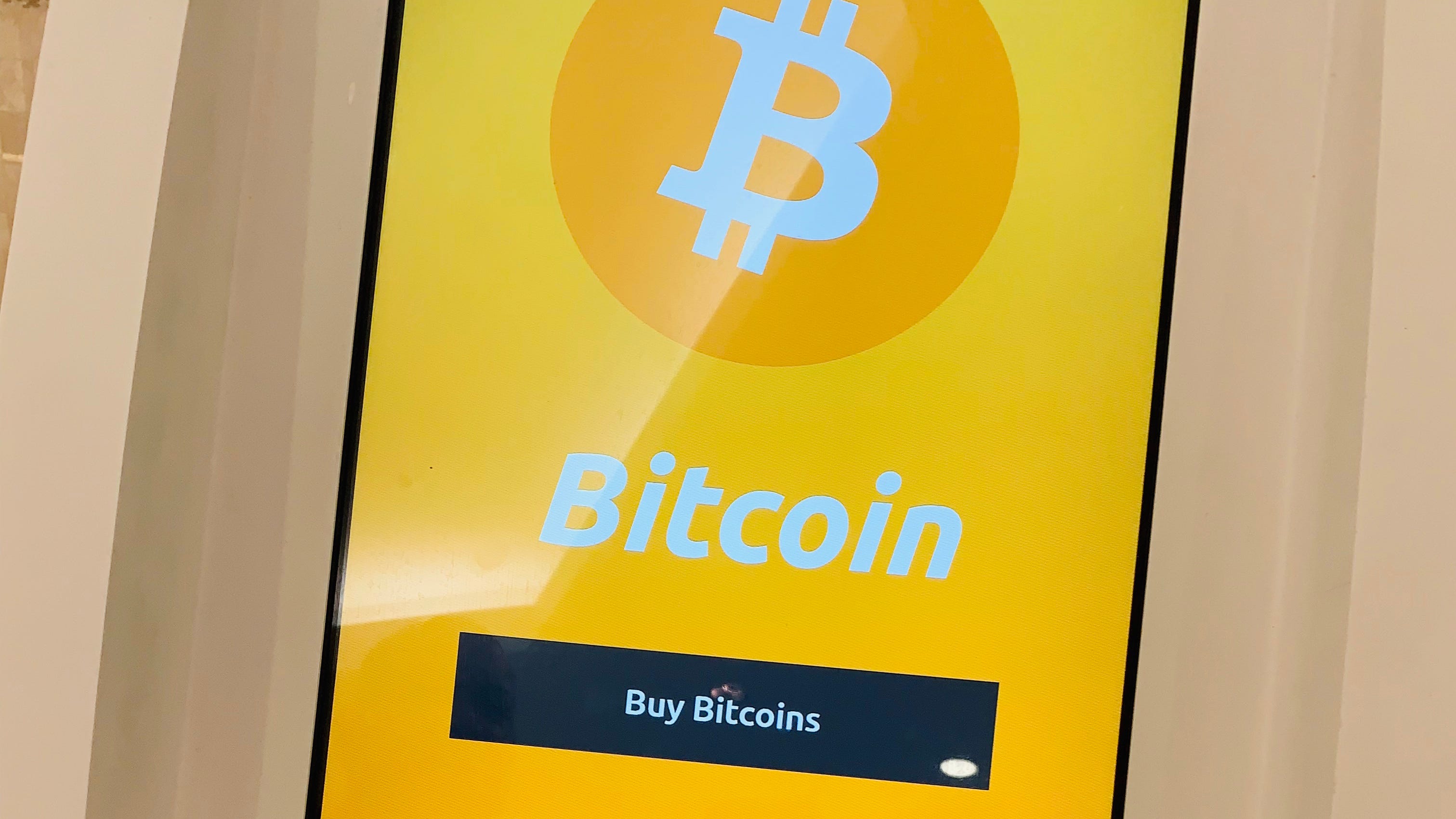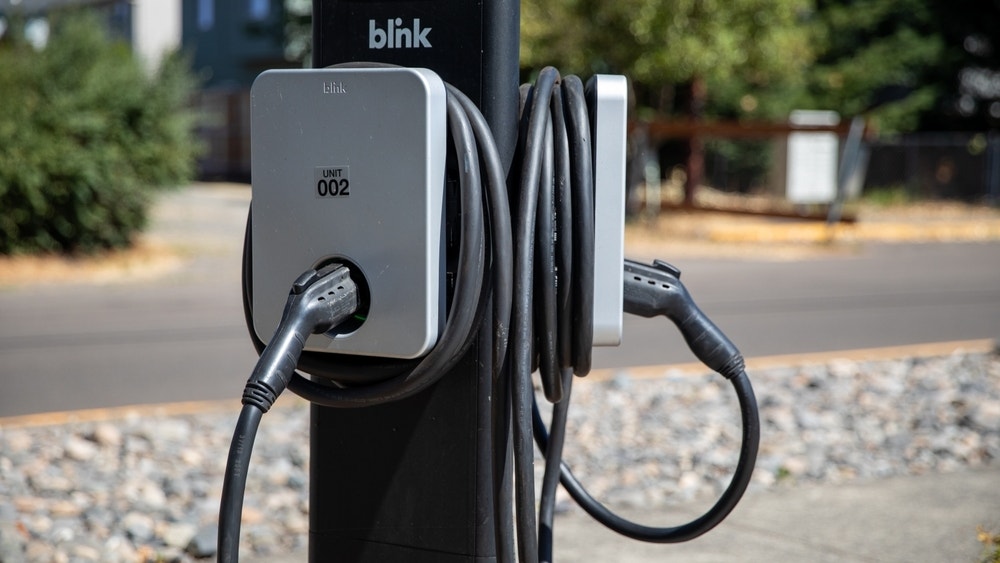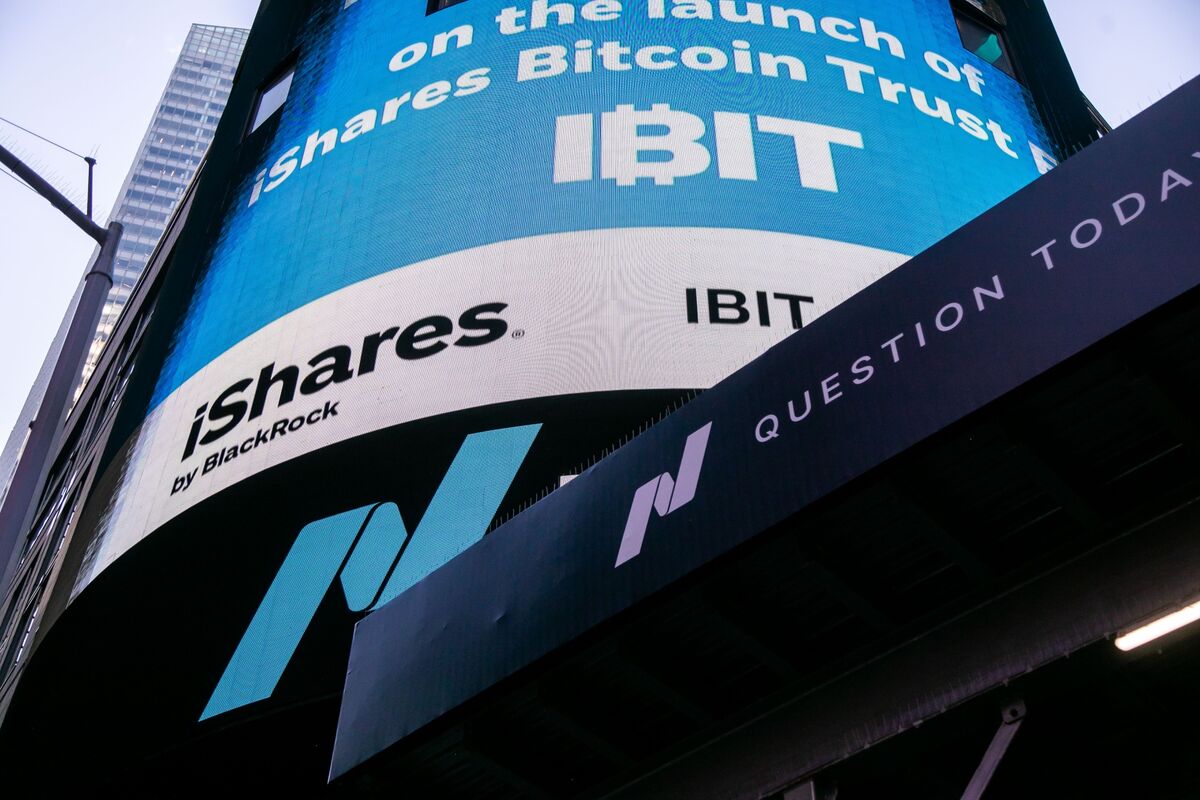Instant payments are the new standard: Can banks keep up?
Ten seconds. That’s all it now takes to move money across the eurozone under the SEPA Instant Payments (SEPA IP) initiative. Around the clock, every day of the year, batch processing has become a thing of the past.
SEPA Instant Payments has been around for eight years, and with compliance deadlines looming, transformation is accelerating across EU institutions. October’s requirement for outbound instant eurozone payments is a major catalyst. Yet there’s still a gap between regulatory requirements and operational reality as many European banks are struggling with legacy infrastructure limitations, inconsistent user experiences, and incomplete 24/7 processing capabilities. Meanwhile, non-EU banks are under mounting pressure to keep pace with rising expectations, and modernise their outdated systems.
While non-EU banks may have more time on paper, with the EU giving non-eurozone banks until 2027 to comply with SEPA IP for both sending and receiving payments, that breathing space could be a false comfort. Regulatory lag shouldn’t be mistaken for strategic leeway – customer expectations are already shifting, and the clock is ticking.
Engineering the leap to instant
Legacy systems were never designed for instant payments. Historically, banking systems operated comfortably on batch processing schedules – downtimes were predictable and maintenance windows were scheduled. Then SEPA IP came along and eliminated such luxuries, mandating a constant readiness that legacy systems cannot sustain.
Unfit technology isn’t the only problem non-EU banks face. Their infrastructure often sits in distant time zones, designed for settlement during their own domestic business hours. Banks now have two gaps they must bridge: the tech chasm between current legacy abilities and where they need to be, and the geographical divide between business and customer. They must work out how to bridge them without sacrificing day-to-day service.
Minor tweaks to legacy systems are inadequate. Ripping out old infrastructure and replacing it with a modern core is largely unworkable, despite any long-term benefits. So, it’s an incremental approach that will help banks bridge these gaps. Incrementally aligning legacy systems with SEPA IP’s 24/7/365 model should be an immediate priority for non-EU banks, allowing them to swiftly meet regulatory deadlines and increased customer expectations without major disruption.

Don’t let policy changes catch you off guard. Stay proactive with real-time data and expert analysis.
By GlobalDataLiquidity at the speed of now
Another consideration for non-EU banks is how real-time transactions fundamentally alter liquidity management. Traditional liquidity frameworks, established around batch processes and fixed settlement windows, now face obsolescence. Yet many banks are still managing liquidity with manual processes and spreadsheets. This won’t work with SEPA IP. Under this new system, liquidity needs are immediate and continuous – demanding dynamic management that legacy systems were never designed to accommodate.
Banks need to be able to predict and manage liquidity in real-time. Accurate, instant forecasting is crucial in minimising operational risks and avoiding costly liquidity shortages. Automation and analytics tools can be of huge assistance here: a sophisticated analytics platform can provide real-time visibility into liquidity positions and automation technology can instantly reposition funds in response to transactional demands.
A further step financial institutions should take is restructuring their treasury operations. They need to ensure these operations are aligned more closely with instantaneous payment flows so they don’t slow things down. Such changes, combined with the steps above, allow banks to move from sluggish legacy processes to active, real-time liquidity management that enables banks to boost operational efficiency, significantly reduce system risk exposure, and respond swiftly to changing market dynamics.
Rebuilding for real time
To deliver true instant payments, banks must do more than patch legacy systems – they need to re-architect for speed. That starts with moving away from monolithic infrastructures in favour of agile, modular platforms built to natively handle ISO 20022 – the global standard underpinning SEPA IP.
ISO 20022 doesn’t just improve compatibility; it unlocks rich, structured data that powers better fraud detection, customer insights, and cross-border automation. Banks that are able to harness this data will be well-positioned to launch value-added services and enhance the customer experience across every transaction touchpoint.
Cloud computing is another critical enabler. Data indicates 25% of banks are still exploring cloud options in 2025, remaining mainly on-premises. Cloud adoption brings the flexibility and resilience needed to scale in real-time, handle unpredictable payment volumes, and reduce latency. Combined with APIs that streamline communication between internal systems and external channels, cloud deployment lays the foundation for more dynamic, responsive banking. 25% of banks are still exploring cloud options in 2025, remaining mainly on-premises.
Cloud adoption brings the flexibility and resilience needed to scale in real-time, handle unpredictable payment volumes, and reduce latency. Combined with APIs that streamline communication between internal systems and external channels, cloud deployment lays the foundation for more dynamic, responsive banking.
Some non-EU banks have tried starting with a “thin layer” approach, building ISO 20022-compliant gateways to mediate between legacy core systems and the SEPA IP network. This has had limited success, because SEPA IP is about more than just ISO messaging, it requires instant 24×7 clearing and settlement capability, which legacy systems do not have. Competitive leaders have gone further, taking the SEPA mandate as a challenge to introduce native real-time 24×7 components into their payments infrastructure, accelerating both innovation and compliance.
Instant isn’t optional
SEPA IP is more than a compliance deadline – it’s a signal that the rules of banking have changed. Speed, data, and seamless infrastructure are now the baseline. Banks that cling to legacy systems risk falling behind, regardless of their location or timeline. The 2027 deadline for non-EU institutions may seem distant, but in a world where customers expect immediacy, the time to act is now.
Nadish Lad is Managing Director and Global Head of Strategic Business at Volante Technologies
Content Original Link:
" target="_blank">















































